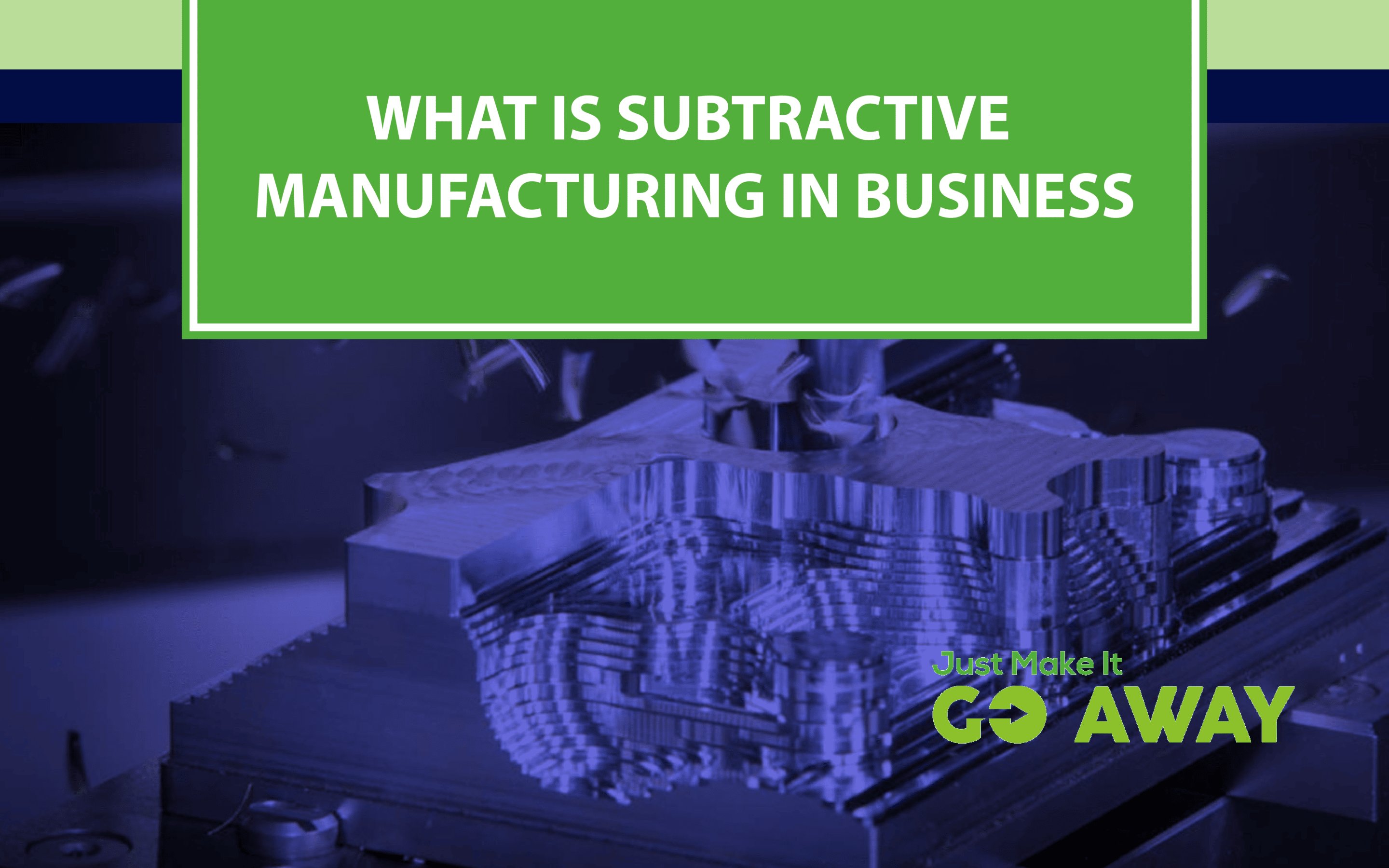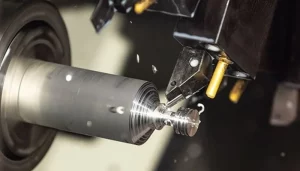What is Subtractive manufacturing in business? Subtractive manufacturing is widely used within the production industry. It is a broad category that pertains to any manufacturing process in which material is taken away to achieve a final product. The original block of material can be worked down through cutting, grinding, and milling or with non-invasive processes using chemical and thermal energy.
The invention of subtractive manufacturing has been incredibly influential on the production industry. First developed in the 1940s, it has come a long way in scale, accuracy, and technique. Today, it is one of the most popular types of industrial manufacturing because of its wide range of applications. Computer programs allow for efficient design and intricate product specifications.
How Does Subtractive Manufacturing Work?
Subtractive manufacturing is often discussed in comparison to additive manufacturing. Where subtractive manufacturing removes material to create a final product, the additive manufacturing process involves adding layer upon thin layer of material together to create the final product.
Subtractive manufacturing is done primarily with computer numerical control (CNC) machines. These machines use numerical sequences called g-codes to move and operate cutting tools. CNC machines use many different materials including metals, plastics, and even wood. While subtractive manufacturing is utilized in many different industries with all kinds of materials, it generally follows this process: design and coding, implementation, and final product.
1. Design and Coding
For computerized CNC machines, the process usually starts with a computerized rendering of the final product made in computer-aided design (CAD). However, this format is not readable by CNC machines. CAD models are converted into g-code with computer-aided manufacturing (CAM). The final g-code tells the CNC machine a sequence of commands instructing the machine where and when to remove material.
G-code is composed of letters and number combinations that correspond to different actions. The final code can be thousands of lines long and accurately tell CNC machines exact coordinates for specific types of actions throughout the subtractive process.
2. Implementation
CNC machines can use a wide range of techniques for removing material. These fall into two main categories: conventional or unconventional machining. Conventional machining techniques are best used for large-scale productions or relatively less complicated geometric designs. They utilize tools like drills, mills, and lathes to cut away material. In comparison, unconventional machining utilizes processes like thermal, chemical, and electrical techniques.
3. Final Product
Some products are created fully with CNC machines. Other times, parts are created that are utilized in larger productions. Subtractive is ideal for certain types of parts including those that require a smoother finish, precise dimensions, and production at a high scale. Oftentimes, subtractive manufacturing is also used alongside additive manufacturing processes to create a final form. Integrating multiple methods in innovative ways can increase efficiency and reduce waste compared to fully subtractive methods.
Pros and Cons of Subtractive Manufacturing
While subtractive manufacturing has led to enormous advancements within the production industry, there are still important pros and cons to consider when determining whether it is the right process for your company or supply chain.
Since subtractive manufacturing has been around for so long, it has become an increasingly computerized and efficient process. Because it is already used across industries there are already established use cases and machines ready for production. This can make adopting these methods more affordable and efficient.
This process is also ideal for certain types of parts that either need a smooth finish or that are specific shapes that are more difficult to mold or create using additive manufacturing. In these cases, it’s a perfect choice! Learn more about reverse logistic services that play a role in any company.
One of the subtractive manufacturing’s biggest cons, however, is the waste it generates. Because generating waste is inherent to the process, there is no way to use subtractive manufacturing methods with zero waste. There are ways to mitigate this, though. Materials like plastics and metals can be recycled. These materials, as well as those that are not recyclable, can also be sold to companies who work to find other purposes for them such as Just Make It Go Away.
This contributes to the circular economy and can save money on production costs and provide positive environmental impacts. Learn more about linear economy vs circular economy and how they are so different. The important thing when using subtractive manufacturing is ensuring that steps are in place that keep sustainability and ESG initiatives at the forefront. Is subtractive manufacturing right for your business?


